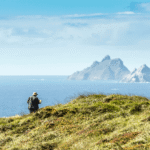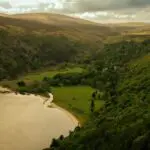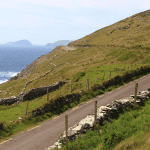Most travelers head to Iceland or Norway in winter to see the spectacular natural spectacle that is the Northern Lights. However, what few people realize is that actually, with a bit of luck and planning, you can see this dazzling light show in Ireland!
There’s no need to venture deep into the cold, icy realms of the Arctic Circle when you can simply head up to the northern coastline of Ireland for a great chance to spot the lights. Of course, nothing is guaranteed, but if you travel at the right time of the year, enjoy some clear skies, and head far away from any light pollution, then you might be able to enjoy the Northern Lights in Ireland.
Start planning your trip by browsing our full range of small-group Ireland tours. But for now, here’s everything you need to know about seeing the Northern Lights in Ireland. If you have any questions for the Overland team, please don’t hesitate to contact us.
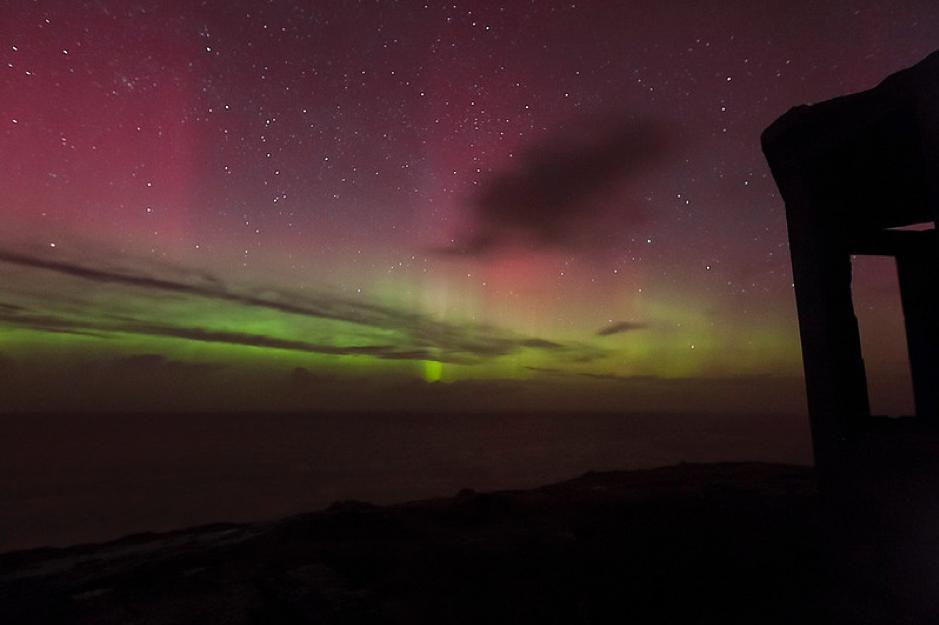
What Causes the Northern Lights?
The Northern Lights are a spectacular natural light show that you can see in certain areas within the Northern Hemisphere (there is an equivalent in the Southern Hemisphere too). The Aurora Borealis, as the lights are otherwise known in Latin, are magnificent displays of colorful lights and patterns that appear in the night sky.
The scientific causes of the lights, both north and south, are still not fully understood. The basic premise though, is that charged particles emitted by the sun, collide with particles in the earth’s atmosphere, releasing energy in the form of different colors of light.
The lights can only be seen extremely far north or extremely far south because when these collisions occur, the particles are drawn by the electromagnetic field toward the north or south poles. Even today, as the phenomenon is still being studied, travelers find the event to be mystical and mesmerizing. Throughout human history, legends and stories have abounded in the far reaches of both hemispheres, as people struggled to find meaning in the dazzling shows they witnessed in the skies.
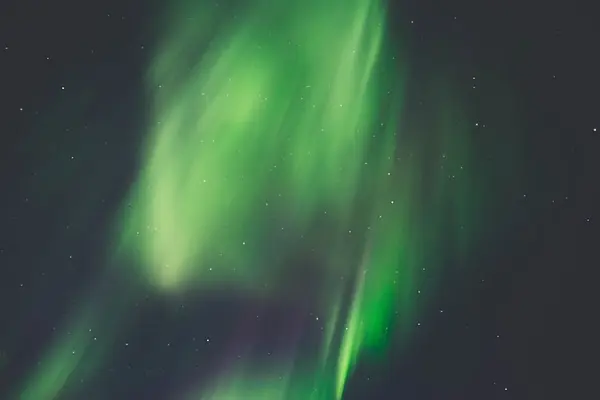
What Conditions Are Needed to See the Northern Lights?
The Northern Lights cannot be seen year-round because specific conditions are needed to allow you to experience the light show. Certain destinations, such as Iceland or Norway, are particularly renowned as Northern Light spotting locations because, for long periods of the year, it’s easy to see the light show, even from cities or towns. Because they are so far north, the lights are more pronounced. Ireland, on the other hand, is far south of the Arctic Circle, and that means the chances of spotting them are much lower.
It’s far from impossible though, but it’s certainly more of a challenge. However, given the right conditions, it’s perfectly reasonable to be able to see the Northern Lights in Ireland – and this is just one of many reasons that makes Ireland such a unique travel destination!
The further north you are in Ireland, the better your chances. Our island is on the very edge of the Auroral Zone and is one of the most southerly locations in the Northern Hemisphere where you have a decent chance of seeing them.
As the Northern Lights are a light show, it makes sense that the darker the sky, the more vivid the display is going to be. To maximize your chances, you need dark skies, as the more light pollution there is, the greater the interference, and the fainter the Northern Lights will appear. It’s impossible to see them if you are in a big city, so get out into the countryside. Even if you are in a town or village, you’re unlikely to see the lights, so you stand the best chance by heading out into the countryside, as far away from any light sources as possible.
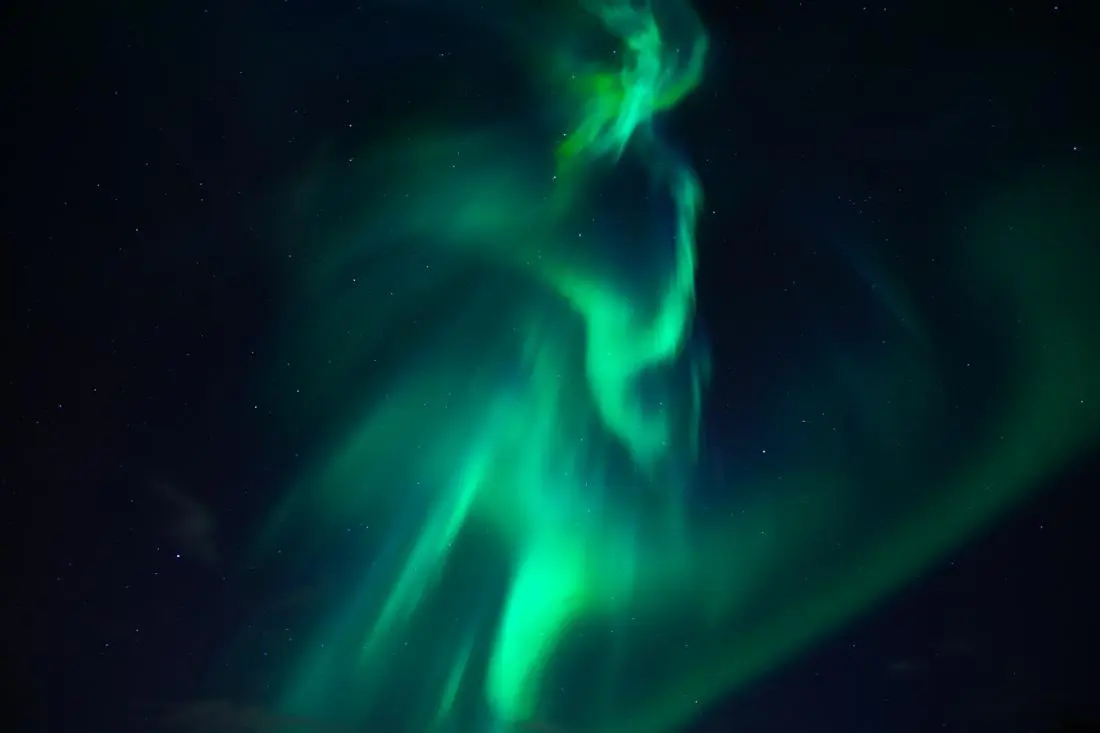
The Best Time of Year to See the Northern Lights in Ireland
The Northern Lights are best seen through winter, although the phenomenon does technically occur all through the year. In summer, though, the days are much longer than in the winter, and the brighter light means you would have to be very lucky to see a display in the sky because the odds are stacked against you.
With shorter days and less light all around, the winter months are the best time of year to try and spot the Northern Lights. Unfortunately, even the best science out there can only narrow down when they will appear to a span of weeks or even months, so no matter how well you try to time it, there’s always going to be an element of luck involved. If you are set on spotting them, then just ensure you leave enough time for your trip to Ireland to allow you to wait it out. If you only have one or two days to go Northern Lights hunting in the countryside, then you are likely to end up disappointed – unless you get very lucky or are meticulous with your planning and preparation.
Whereas in the Polar Regions and in countries closer to the Arctic Circle you have a very long Northern Lights season, in Ireland, the time span is much shorter. The best months to spot the light show are between November and February, and you’ll want to venture out late in the night when the skies are at their darkest.
Read our blog What is the Best Time of Year to Visit Ireland? for even more local trip-planning tips and insights.
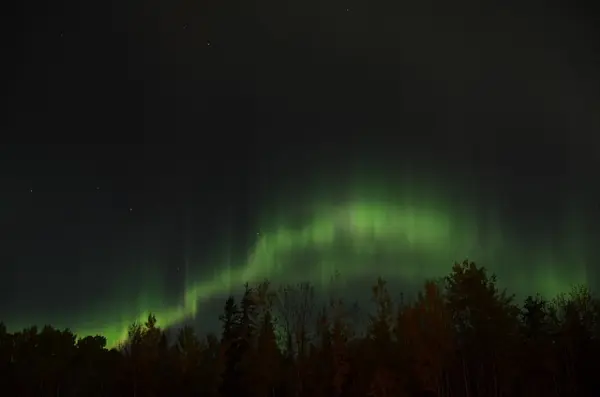
The Weather and the Northern Lights
As well as the time of year, the weather also plays a huge role in your chances of seeing the Northern Lights. Unfortunately though, with the best time to spot the Aurora Borealis being winter, it’s also highly likely that the weather won’t be agreeable, so when you plan your Northern Lights-watching trip you’ll need to scour weather forecasts to narrow the timeframe down even further.
It’s known that large geomagnetic storms in the atmosphere can cause the Aurora Zone to spread further south – increasing your chance of seeing a vivid display in Ireland. The larger the geometric storm, the brighter the lights will be, and the further south they will be seen. You can check for geometric storms easily online.
Other weather conditions will also affect your ability to see the lights locally. The biggest obstacle will be clouds, so you’ll want to head out hunting for the lights when the forecasts are predicting clear skies. If it’s going to be rainy or snowy, then you haven’t got much chance.
Ireland can have bad weather through winter – that’s no secret! – but at least it won’t be nearly as cold as heading into the dark depths of the Arctic Tundra in Norway or Iceland, which is one reason why Ireland is becoming an increasingly popular, if unconventional, Northern Lights destination.
If you’re now tempted by a winter adventure, read our blog Christmas in Ireland – Everything You Need to Know for even more seasonal inspiration.
The Best Places to See the Northern Lights in Ireland
You have a chance of spotting the Northern Lights anywhere in Ireland where there’s little light pollution and dark skies. It’s easy to work out where not to be on the island – Dublin in the south and Belfast in the north are the two most obvious examples of places to stay away from. But it’s harder to work out where to go to actually see them.
Like everything related to the Aurora Borealis, working out the best place to travel to see the lights is a bit of a mystery, but the further north you are, and the more remote you are, the higher your chances. Luckily, there are also a few destinations that have a proven track record of dazzling visitors with epic displays in the night skies. Here are the best spots to visit in Ireland for the Northern Lights – and be sure to read our Ultimate Guide to Getting Around Ireland to find out more about the best ways to travel around our beautiful country.
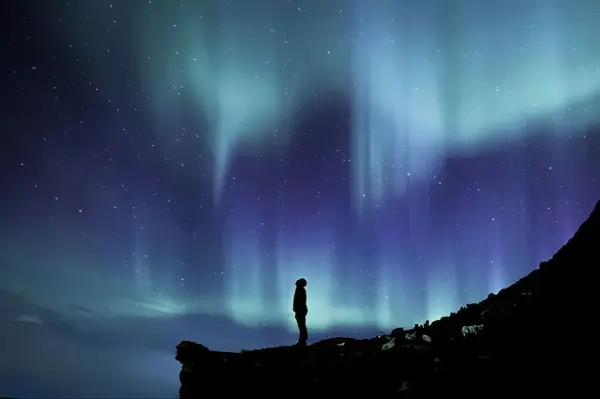
Malin Head
Malin Head is the best and most popular location in the Republic of Ireland to catch the Northern Lights because this is the most northerly point.
For that reason alone, it makes for an exceptional Aurora Borealis-watching destination. Throw in the fact that it’s also a supremely beautiful place with little light pollution, and you have a winner.
Malin Head is in County Donegal, with the northernmost point named Banba’s Crown. There are some great spots here, particularly if you’re into photography, with some of the best including the local lighthouse or Ballyhillin Beach.
Inishowen Peninsula
Within County Donegal, Malin Head is on the wider Inishowen Peninsula. But you don’t need to limit yourself to the most northerly point because when conditions are good it’s likely you’ll see the Northern Lights over much of the surrounding area.
That’s great if you’re looking for a more secluded spot to set up while you watch the Aurora Borealis unfold, and you’ll have many more options when it comes to epic scenery.
Get away from the towns and head to the dark spots on the beaches all along the Wild Atlantic Way, where you’ll find innumerable locations to base yourself to see the lights in the sky above. And why not check out our picks for more non-touristy things to do in Ireland?
Fanad Head
A smaller peninsula that’s also part of County Donegal, Fanad Head is perfectly located on the northern coast of Ireland. That makes it another excellent location for watching the Northern Lights, and you’ll find it’s quieter here than on the neighboring peninsula.
There are just a few small villages in the area, meaning that light pollution will be at a minimum, while there are some stunning natural features to enjoy too, from the lakes and loughs to the coastline.
Rosguill Peninsula
Again, the Rosguill Peninsula is in County Donegal, overlooking the stormy seas of the wild Atlantic Ocean.
Very few people live on the peninsula itself, meaning that you’ll have most of the space to yourself, and there will be few lights around to disturb your night vision and dilute the Northern Lights.
Giants Causeway
If you’re heading across to Northern Ireland to watch the Northern Lights, then don’t worry, because there are some excellent spots on the other side of the border too.
Anywhere along the northern coastline that’s set away from towns and villages is perfect, and you’ll find that there’s plenty of seclusion to be had.
If you’re looking for a truly iconic spot to visit though, then why not head to Giants Causeway? It’s one of Northern Ireland’s most dramatic natural features, and it’s found far enough north that when the Aurora Borealis is scheduled, it should be visible from the coast here. The Giants Causeway makes for a truly epic photo opportunity under the Northern Lights.
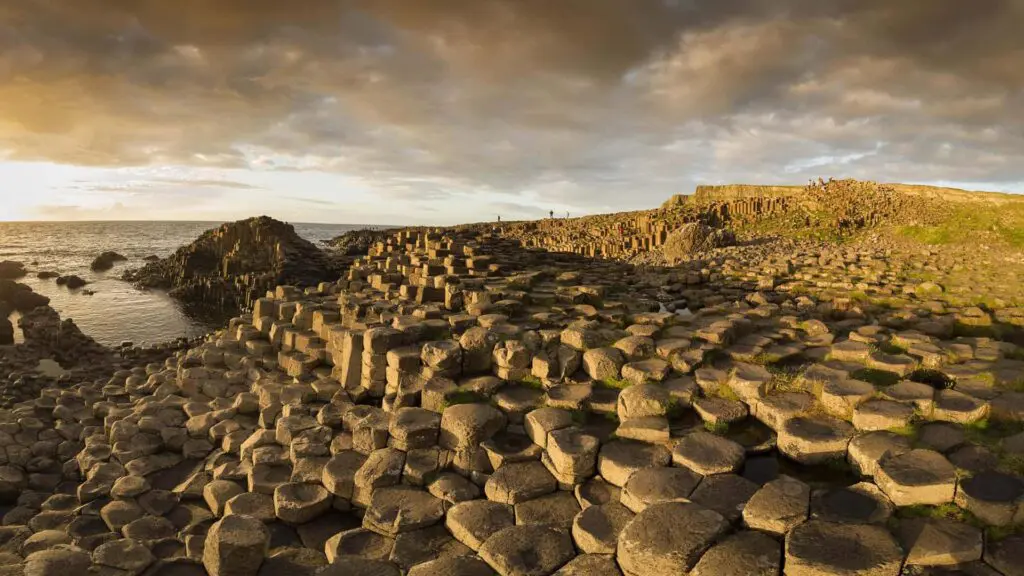
What Should I Take with Me to See the Northern Lights?
Having a few basic pieces of equipment can help you to have a more enjoyable Northern Lights experience in Ireland.
First, take a camera and a tripod to capture some truly lasting memories of the event. (More tips and tricks on photography below.)
Second, take a torch or ensure you have a phone with enough battery to use its torch function. You’ll be in some deep, dark spots, and you’ll likely want some light so you can see what you’re doing while you’re waiting for the spectacle to unfold.
Third, wrap up warm. You’ll likely be out in the middle of nowhere, in the dead of night, in the coldest months of the year. Irish weather can be unpredictable, so wrap up warm in layers and ensure that you have waterproofs in case things take a turn for the worse.
Be sure to read our blog What to Pack on a Trip to Ireland for even more essential packing advice!
Photographing the Northern Lights
One of the best reasons to visit Ireland to see the Northern Lights is for the photographic opportunities. As well as capturing the beautiful colors in the sky, you can have incredible backdrops of mountains and sweeping coastlines illuminated by the Aurora Borealis.
Photographing the lights can be tricky though. To get the best pictures, you’ll want to scout out positions beforehand in the daytime to find the best angles, especially if you want to feature particular pieces of scenery.
To get the most vivid colors and the sharpest images, you’ll need to invest in a tripod or find a very stable rock to balance your camera on. As it’s so dark and the only light is from the Northern Lights themselves, you’ll need to use long exposure techniques – a long shutter speed – to fully capture them. To do this and to expose an image for even a few seconds requires a tripod and cable release to stop the final image from blurring.
Start planning your adventure by browsing our small-group Ireland tours. You can also request a quote for one of our tailor-made tours of Ireland! And don’t forget, you can always contact Overland Ireland if you need more information.

